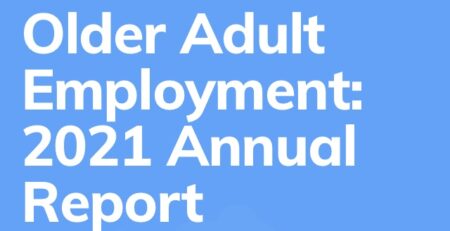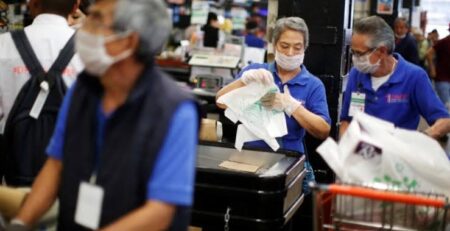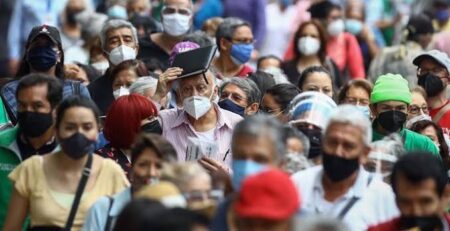The Road to Women Empowerment through the Mechanism of Self Help Groups
By Pallavi Mahajan
Women constitute 48.10 percent of the population of India and only 27 percent of this adult women population has a steady income, which makes women ‘poorest of the poor (World Bank 2019). It has been asserted that comprehensive progression and inclusive development in India would be conceivable only when women are considered as equivalent agents in the development debate (Mazumdar 2004). In this parlance, the development agencies have increasingly regarded ‘empowerment’ as an essential objective to improve the status of marginalized women in India.
Though empowerment as a process induces the social environment which enables individuals to make coherent decisions, women empowerment takes a step further by enabling women to become confident, courageous, and self-reliant to make decisions in and outside the household (Hulme and Moseley 1996; Buckley 1997). Amidst the broad umbrella of women empowerment, economic empowerment has significantly influenced the policymakers, which is ascertained to bridge this gap between poverty alleviation strategy and empowerment of women which eventually aims to dissuade gender inequalities and gender power relations (World Bank 2017). In this stride, microfinance programs, consisting of a broad range of services such as microcredits, micro-insurance, micro-savings, and micro- pensions, are considered admissible tools (Bateman and Chang 2012: 33). Though the microfinance programs have emerged as a key vehicle to accelerate women empowerment (Sankaran 2005), there have arisen doubts about its potency due to hegemony of its ‘financial systems approach’ and dichotomy of women’s well-being and agency (Johnson and Kidder 1999; Mayoux 1999; Kabeer 1998).
The goal of this paper is to examine the mirage of microfinance and women empowerment by critically analyzing the workings of the Self Help Group Bank Linkage Programme (‘SHG’), an offshoot of microfinance programs in India (‘Research Question’). The need for this assessment becomes even more critical now when women are at the epicenter of the COVID 19 pandemic, both socially and economically. I will be exploring the impact of SHGs on women’s empowerment as viewed from their participation in agency, resources, and achievements (Kabeer 1999). I will further investigate whether economic empowerment, as offered by the SHGs, leads to economic development and democratization for the collective. To test the hypothesis of the paper, I will be inspecting the workings of Ankuram Sangamam Poram (‘ASP’), an SHG federation, in the state of Andhra Pradesh, India. My analysis of the research question will be split into five sections:
1. Tenets and discourses of women empowerment
2. Growth of SHGs in India and its co-relation with women empowerment
3. SHG’s women’s empowerment goal vis-à-vis women’s democratization
4. Case Study Analysis of ASP
5. Conclusion
Source @SSRN











